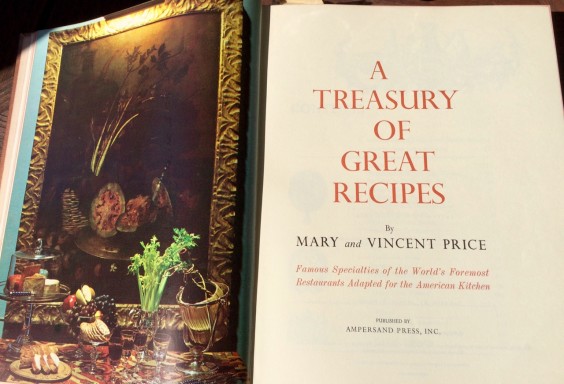
Steinhatchee, Florida is a land that time forgot. Situated on the gulf of Mexico near the pan handle, it is an area close to …..NOTHING. Although it does have water access, it isn’t near any beach, or cities. It is exactly what the residents want, a place where they can get away from the hustle and bustle of modern life.
We joined four other families in renting homes at Steinhatchee landings. It was wonderful, we shared cooking, kid watching, canoeing and eating. The children fed the donkey, played archery, and biked around the neighborhood without need for supervision. I don’t think I saw a Nintendo or electronic gadget from either the kids or parents for the whole weekend. It was a perfect, relaxing, getaway.
The purpose of the getaway was not only to enjoy each others company. It was also to scallop.

Gabriella holds a just harvested scallop
Steinhatchee is one of the last places in Florida where scallops are plentiful and from July 1 – September 10th boats go out everyday to harvest them.
Scalloping is a wonderful activity to do with kids. A mask and snorkel is all that is necessary, although having fins can’t hurt. Even little children, like our Michela, enjoyed picking up scallops from the shallow sea grass filled water. It is good to have an experienced captain, as they are familiar with the territory and can point out where the scallops are hiding. However, once you get the hang of it, they are easy to spot, and we filled our 10 galloon quota of scallops in a few hours. Scalloping is a sustainable food activity. Scallops are mollusks that typically have a one year life cycle. The July 1st hunting date is after they have spawned and they typically perish as the water gets colder.
Once caught they are kept in a bucket of ice until cleaned. Their shells can be pried open with a special scallop knife, although a spoon or butter knife works almost as well. Remove the innards, while trying to keep the orange coral or liver section that is the sweetest part. It is the first part that spoils so it’s usually removed from scallops that are sold commercially. After discarding the innards, the pearly white scallop is easy to remove from its shell. Ten gallons of scallops yields about 4 quarts of meat. Plenty with which to make a fabulous feast.
 Our favorite method of cooking them is to lightly fry them. They are best when eaten immediatly after frying and I can let you know, there were no leftovers. The children surprised us by how many they ate. We needed more! Well…. there is always next year.
Our favorite method of cooking them is to lightly fry them. They are best when eaten immediatly after frying and I can let you know, there were no leftovers. The children surprised us by how many they ate. We needed more! Well…. there is always next year.
Fried Bay Scallops
© Giuliano Hazan
Time from start to finish: 25 minutes
Serves 4
1 pound bay scallops
½ cup all-purpose flour
Vegetable oil
Salt
1. Pour enough oil into an 8” skillet to come ½-inch up the slides, and place over medium-high heat. The oil is hot enough when a drop of flour in the oil will sizzle.
2. While the oil is heating, put the flour into a small bowl. Pat some (no more than will fit comfortably in the pan) of the scallops dry with a paper towel. Transfer to the bowl with the flour and roll them until they are coated on all sides. When the oil is hot, take the scallops out of the flour bowl and shake them in your cupped hands to remove the excess flour, then carefully place them in the hot oil. After about a minute turn them with a slotted spoon. When they are lightly browned on all sides lift them out with slotted spoon and place them on a plate lined with paper towels. Repeat until all the scallops are done. Sprinkle with some sea salt and serve at once.





2 comments
Oh, this reminds me of when we would take our boys to the Brittany coast and dig for oysters and mollusks. Kids love this kind of activity and we love using this “live action” method to teach our kids where food comes from. Sadly, though our boys loved to dig them up they never liked eating them. Excellent that your girls loved the scallops. Gorgeous pile of cooked scallops. Delicious.
Hi,
I have a webpage on Scalloping in Florida and would love to quote your recount of your trip on this page. Your story is a wonderful account of your trip and would let my readers know how much fun scalloping is Florida.
http://www.floridagofishing.com/fishing-scalloping.html
Thanks,
Liz